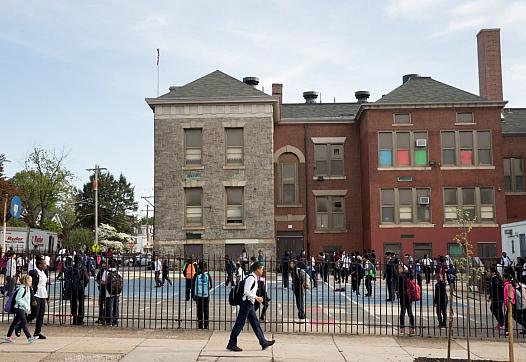
A family with a young child in Los Angeles found dangerous levels of lead in their rental. But they haven't been able to find another home in the region's extremely tight housing market.

A family with a young child in Los Angeles found dangerous levels of lead in their rental. But they haven't been able to find another home in the region's extremely tight housing market.
![[Photo by Paul Sableman via Flickr.]](/sites/default/files/styles/teaser_list_thumbnail_large/public/title_images/unnamed_223.jpg?itok=tVtdcuwA)
Famously troubled East St. Louis is embracing an idea known as “collective impact.” The idea is to better connect residents to existing services.

They analyzed chipped paint in old homes, hunted down landlords, begged families to speak with them, and even got down on their hands and knees to collect contaminated soil.

Thanks to climate change, the health hazard posed by extreme heat is growing. And practical solutions aren't meeting the challenge so far.

Pennsylvania Gov. Tom Wolf on Friday said he was directing state funds to begin a $15.7 million emergency cleanup at some of Philadelphia’s most rundown schools.

A month after an investigation found dangerous levels of asbestos fibers in some of Philadelphia’s most rundown elementary schools, the school district has begun cleaning up seven of them.

California Assembly Bill 2963, which is to be heard this week by the Senate Health Committee, aims to ensure there are no more cases like Exide or Mangan Park.

A Philadelphia classroom is filled with dangerous levels of lead and asbestos while the unresponsive school district is missing in action.

That latest result is more than 100 times higher than the level that health experts say is cause for alarm.

Why would Disneyland be part of an effort to defeat a bill that requires reporting of blood-lead levels high enough to produce heart disease and serious brain disorders?